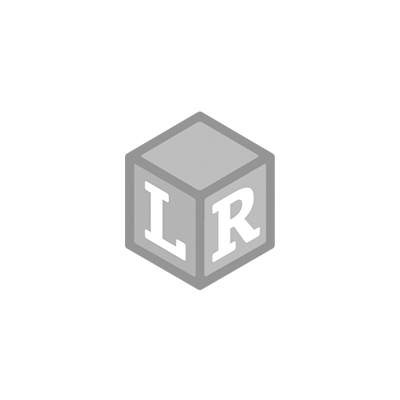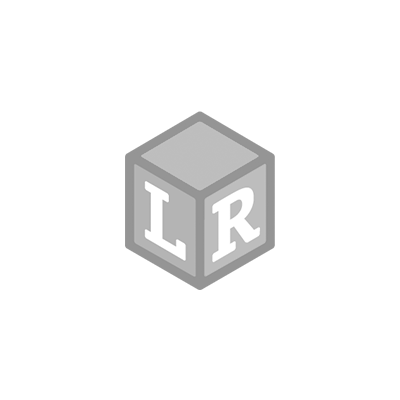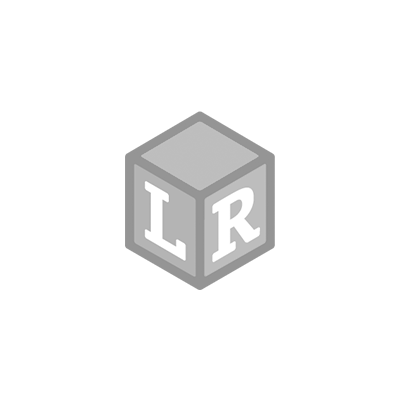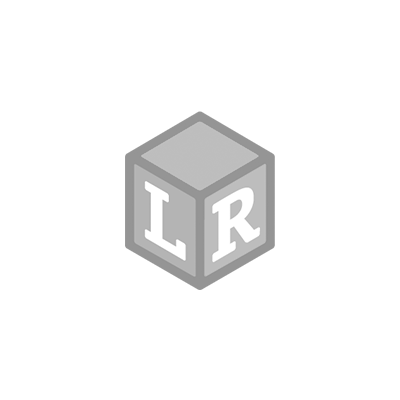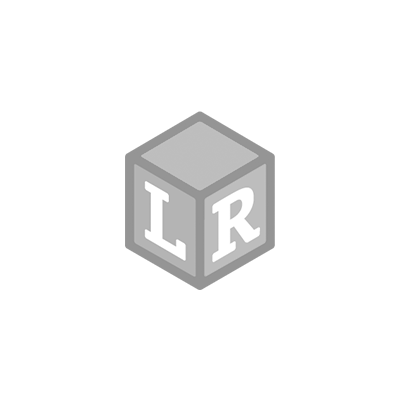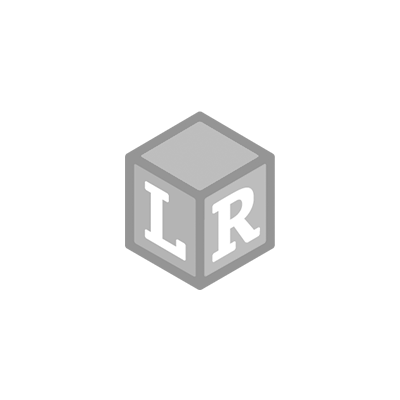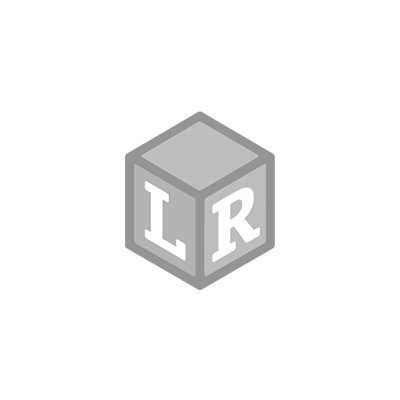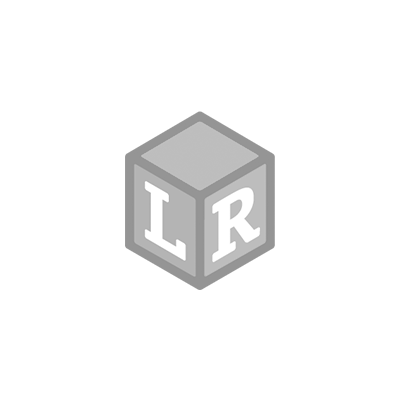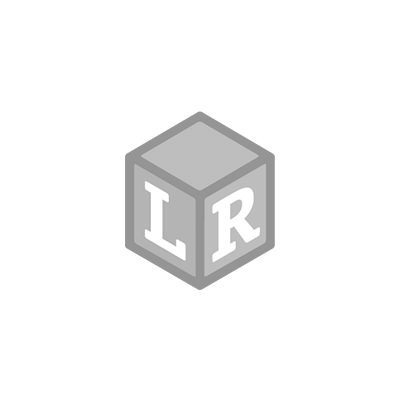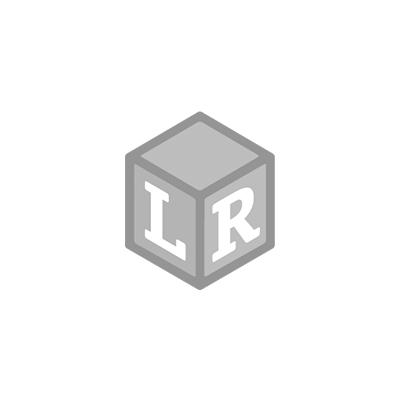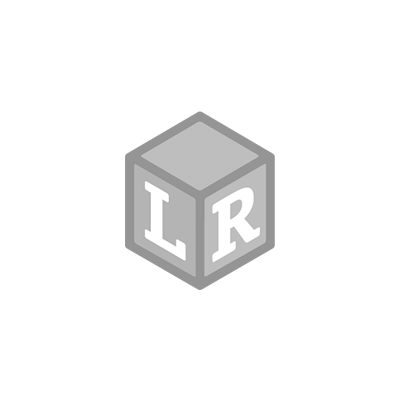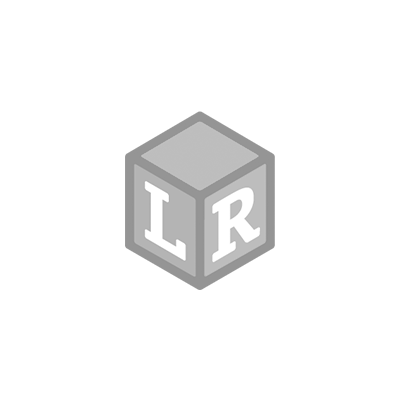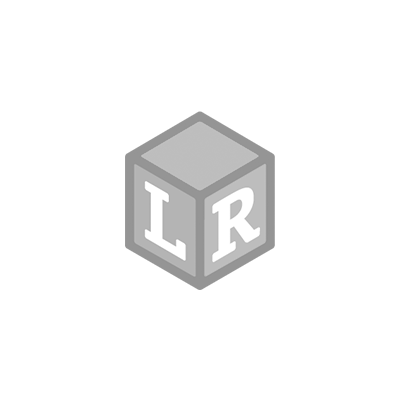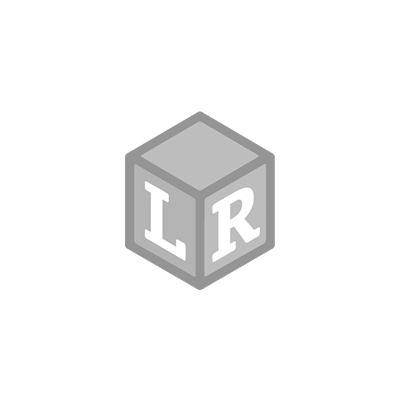6 Surprising Benefits of Drawing with Crayons
- Learning Resources Posted On Feb 22, 2022 | Reading
Whether your little one is scribbling colorful scratches or drawing turquoise tadpole people, the simple act of coloring is a golden opportunity for growth and development. Read on to discover some of the surprising benefits of coloring time, including:
Introducing Cause and Effect
Each time a toddler scribbles on paper with a crayon, they’re learning more about cause and effect. Move a crayon across a paper and get a colorful scribble. Do it again, and the same thing happens!
Fine Motor Skills
No matter how your little one holds their crayon, they’re building the fine motor muscles and skills they’ll need later on to hold a pencil, use a fork, and button their shirt. To learn more about the different pencil grips, your child will use and how to teach your child to write, visit this blog.
Hand-Eye Coordination
Picking up a crayon and placing it in a certain spot on the paper builds kids’ hand-eye coordination. As hand-eye coordination and fine motor skills develop, kids will gain control, and their artwork will blossom.
Creativity and Imagination
Choosing their colors and making their marks, be they scribbles, lines, shapes, people, or more developed scenes, enables kids to express themselves on paper, in full color.
Focus and Attention
Toddlers and preschoolers are just beginning to build their ability to focus on a single task. Focusing on coloring or drawing helps develop your little one’s attention span.
Vocabulary
At first, you’ll talk your little ones through their creations, reinforcing the names of the colors they’ve chosen and the shapes they’ve made. As your child grows, they’ll tell you about their work, what it is and what it means. These conversations are an opportunity to build your little one’s vocabulary.
So you see, there are big-time benefits to coloring! Wondering what your child might be able to draw when? Remembering that children develop at their own pace, many kids can color the following things at these ages:
- 15-18 Months
- Scribbles, vertical lines, horizontal lines
- 24-36 Months
- More controlled scribbling, loops, spirals, rough circles, V shapes.
- 3-Year-Olds
- Circles, squares, X shapes, dots, tadpole people (heads with legs)
- 4-Year-Olds
- Various shapes, pretend letters, stick figures, suns, houses
- 5-Year-Olds
- Shapes, letters, more detailed people (including hair, hands, fingers, and feet), animals, trees, rainbows, more detailed houses
 Shop UK Site
Shop UK Site 
